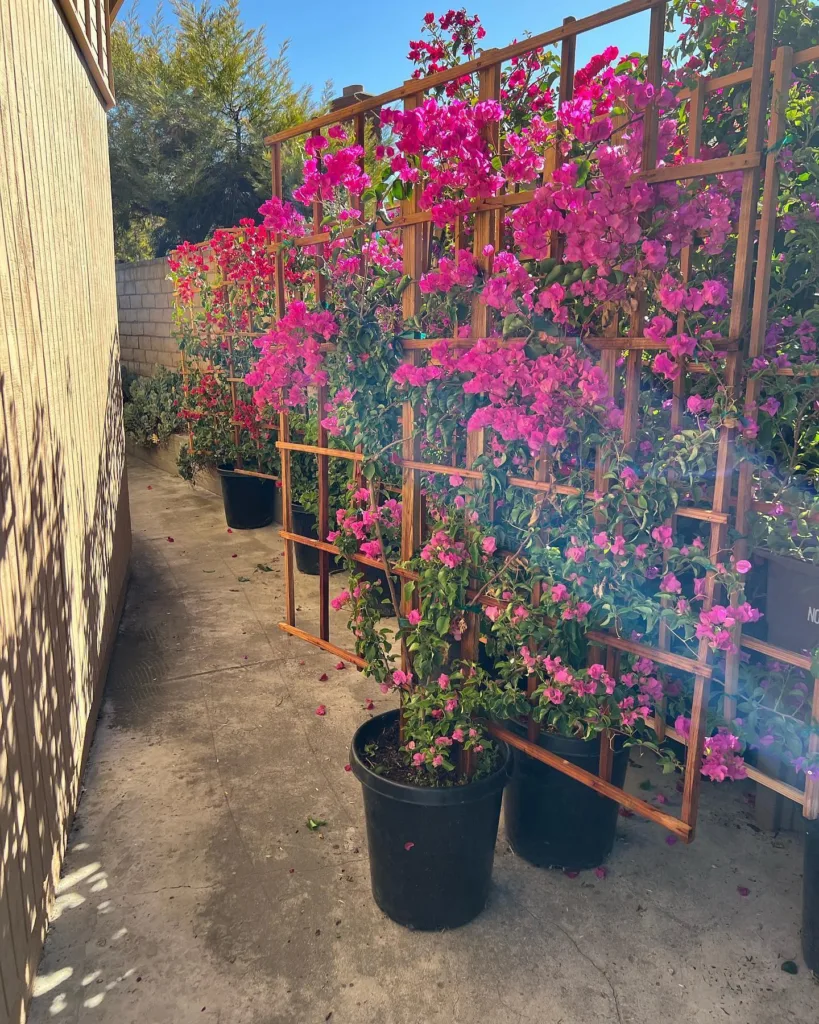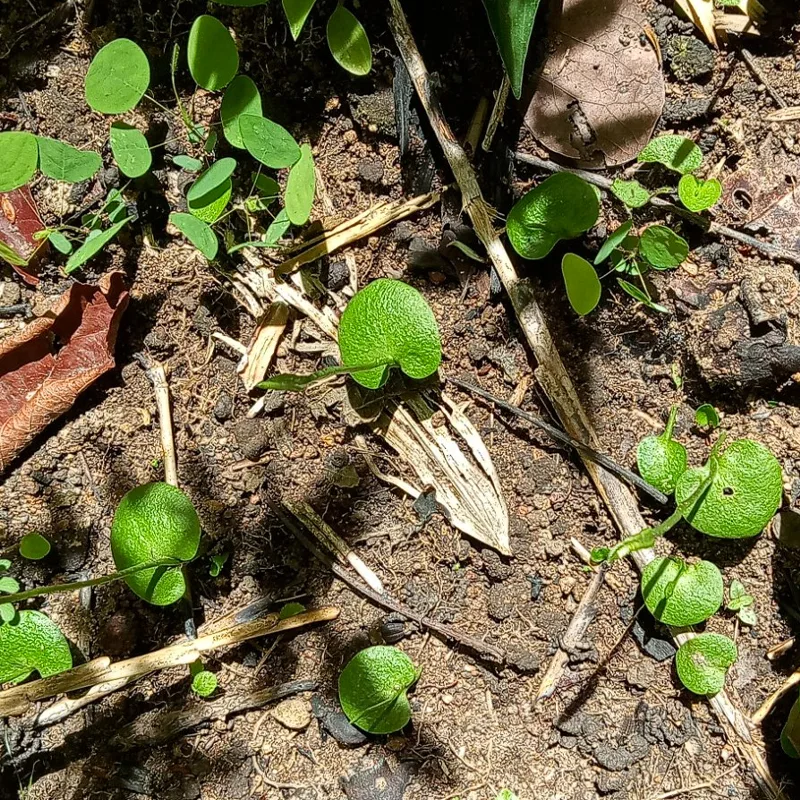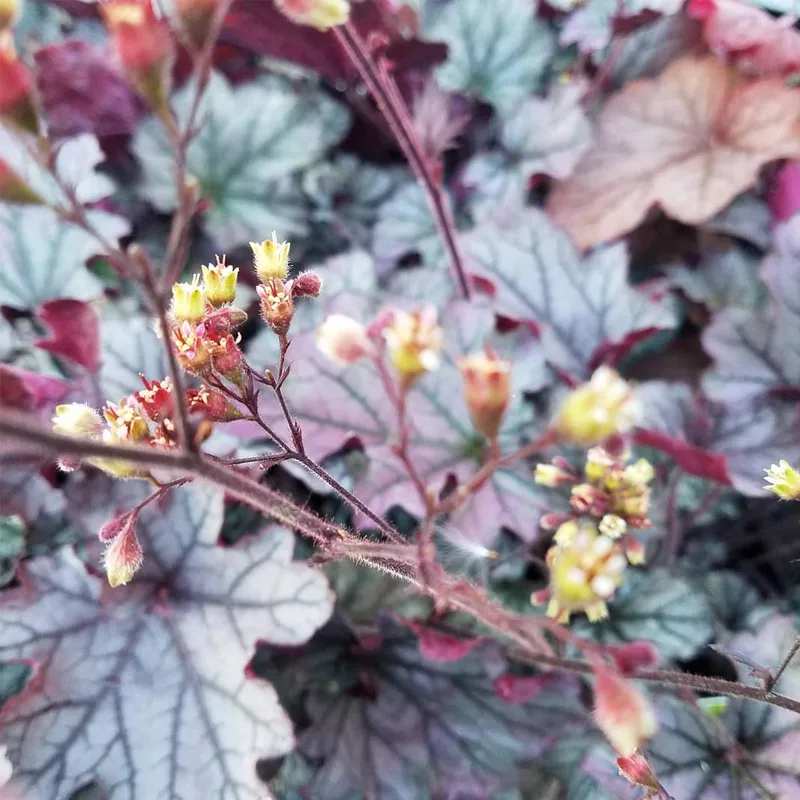Crassula Multicava: Unveiling the Fairy Crassula’s Delicate Charm
Hi there, Ferb Vu here. Succulents have become increasingly popular houseplants, and for good reason. Their resilience, unique shapes, and low-maintenance needs make them ideal companions for busy individuals. Today, I want to delve into the world of the Crassula Multicava Bleeding Heart, also known as the Fairy Crassula.
This little charmer has stolen the hearts of many plant enthusiasts with its delicate foliage and winter blooms. But before you rush out and grab one, let’s explore some frequently asked questions about the Crassula Multicava.
220 Species in Genus Crassula
What Makes the Crassula Multicava Special?
The Fairy Crassula stands out for its captivating features:
- Delicate Foliage: Imagine tiny, jade-green, spoon-shaped leaves clustered together. That’s the hallmark of the Crassula Multicava. These leaves feel smooth and cool to the touch, and their compact growth creates a mesmerizing texture.
- Winter Blooms: Unlike many succulents, the Fairy Crassula surprises with a display of pink and white star-shaped flowers during the winter months. These delicate blooms add a touch of whimsy to the plant’s overall appearance.
- Compact Size: Whether you have a spacious windowsill or a cozy nook, the Crassula Multicava easily adapts. It typically grows up to 12 inches tall, making it a perfect choice for smaller living areas.
Crassula Multicava Bleeding Heart Care
The Crassula Multicava is known for its forgiving nature. Here’s what you need to know to keep yours thriving:
- Light: Mimic its South African origins by providing your Fairy Crassula with bright, indirect sunlight. A sunny windowsill is ideal. Avoid harsh afternoon sun, which can scorch the leaves.
- Watering: Remember, succulents store water in their leaves, making them drought-tolerant. Embrace the “soak and dry” method. Water thoroughly when the soil feels completely dry to the touch, and then allow it to dry out completely before watering again. Overwatering is the leading cause of problems for succulents.
- Soil: Crassula Multicava thrives in well-draining soil. Opt for a succulent or cactus mix, or create your own by combining potting mix with perlite or sand for increased drainage.
- Fertilizer: While not strictly necessary, a diluted dose of succulent fertilizer during the growing season (spring and summer) can give your Fairy Crassula a slight boost. However, avoid over-fertilizing, as it can damage the plant.
Is the Crassula Multicava easy to grow?
Absolutely! Its low-maintenance needs and forgiving nature make it an excellent choice for beginners.
Does the Crassula Multicava need repotting?
Yes, but not frequently. As your Fairy Crassula grows, it may outgrow its pot. Repot it every 2-3 years into a slightly larger container with fresh, well-draining soil.
How do I propagate the Crassula Multicava?
Propagation is a breeze! Simply take stem cuttings or remove healthy leaves. Allow the cuttings or leaves to callous over for a few days before planting them in a well-draining potting mix.
Can I grow the Crassula Multicava outdoors?
Yes, but with caution. In warmer climates (USDA zones 9b-11), it can thrive outdoors in a sunny location with well-draining soil. However, if you live in an area with freezing temperatures, it’s best to keep your Fairy Crassula as a houseplant to protect it from frost.
Crassula Multicava vs. Jade Plant: A Side-by-Side Comparison
Often confused with the Jade Plant (Crassula Ovata), the Crassula Multicava has some key differences:
- Size: The Jade Plant can grow much larger than the Fairy Crassula, reaching several feet in height.
- Leaves: The Jade Plant has thicker, glossier leaves compared to the delicate, spoon-shaped leaves of the Crassula Multicava.
- Flowers: While both can flower, the Jade Plant’s blooms are typically white, while the Fairy Crassula boasts pink and white star-shaped flowers.
- Growth Rate: The Jade Plant grows faster than the Crassula Multicava.
Ultimately, the choice between these two Crassulas depends on your preference. If you desire a more compact, delicate plant with winter blooms, the Crassula Multicava is a perfect fit.
Unlocking the Creative Potential of Your Crassula Multicava
The Crassula Multicava’s charm extends beyond its role as a houseplant. Here are some creative ways to incorporate it into your space:
- Terrariums: The compact size and delicate foliage of the Fairy Crassula make it a perfect candidate for terrariums. Create a miniature landscape with various textures and colors, using the Crassula Multicava as a focal point.
- Fairy Gardens: Let your imagination run wild! The whimsical look of the Crassula Multicava blends beautifully with miniature houses, figurines, and other fairy garden elements.
- Dish Gardens: Combine your Fairy Crassula with other low-growing succulents and colorful pebbles for a visually stunning dish garden. This low-maintenance arrangement is ideal for tabletops or office desks.
Final Thoughts: The Fairy Crassula – A Gift that Keeps on Giving
The Crassula Multicava is more than just a succulent; it’s a captivating addition to any indoor space. Its delicate beauty, winter blooms, and low-maintenance needs make it a joy to own. With a little TLC, your Fairy Crassula will reward you with years of visual delight. So, why not welcome this little charmer into your home and experience the magic of the Crassula Multicava?
If i die, water my plants!



